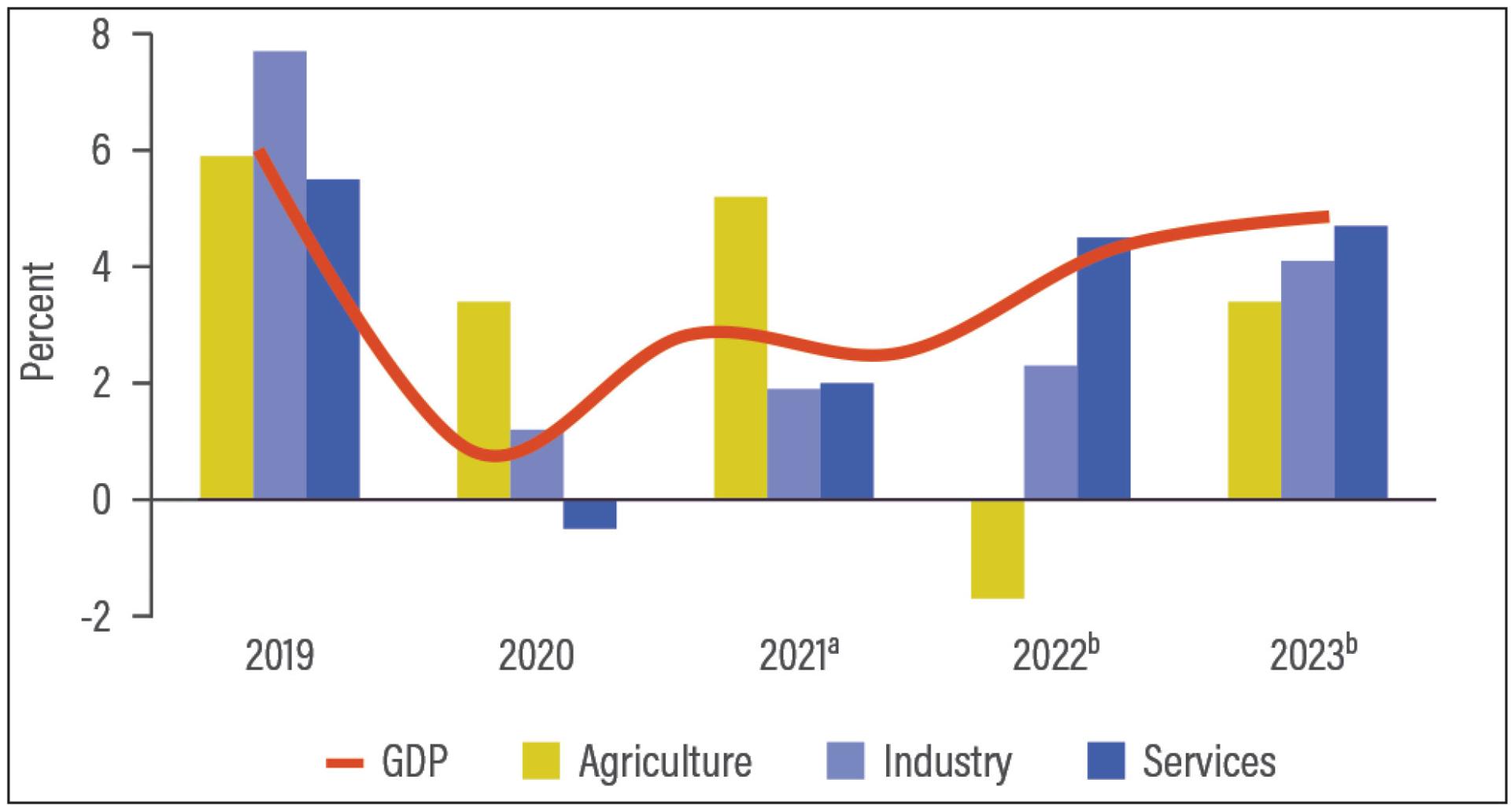Africa-Press – Malawi. Disparities in economic growth projection for Malawi for 2022 and beyond could have a bearing on planning for businesses and players in other sectors of the economy, an economic expert has said.
The expert, Betchani Tcheleni, an economics lecturer at the Malawi University of Business and Applied Sciences, also fears that low Gross Domestic Product (GDP) growth could derail Malawi’s chances of attaining the middle-income economy status as ascribed in the Malawi 2063.
The view comes after the Reserve Bank of Malawi (RBM) last week slashed its economic growth projection for 2022 to 1.7 percent from an earlier 4.1 percent estimate at the back of weather shocks and impact of the Russo- Ukrainian War.
Malawi’s multilateral partners, World Bank and the International Monetary Fund, also revised downwards their growth estimate for Malawi to 2.1 percent and 2.7 percent, respectively.
“Malawi’s economic growth is expected to decline further in 2022 due to chronic fiscal and external imbalances, compounded by severe weather events.
“The war in Ukraine has added to a challenging global economic climate, as fertiliser and fuel prices continue to increase. The war is also deteriorating further Malawi’s terms of trade and exerting upward pressure on inflation,” said the World Bank in its recent Malawi Economic Monitor.
On the other part, the African Development Bank (AfDB) has said it expects the local economy to swell by 2.8 percent this year. Commenting on the disparities in an interview yesterday, Tcheleni said there are always confusions especially in national budget formulation and other areas of planning when estimates are not speaking to each other.
He said it would be safer for players to go by the most conservative estimates to determine their approach to work. According to Tcheleni, while the RBM is using monetary models in its estimates, planners should still wait for projection from the fiscus and real side.
He, however, hinted that the outlook remains murky, and that the lower GDP growth would have an impact on Malawi strides towards ending poverty. “Growth is expected to obstruct into the realisation of the Malawi 2063 targets, one of which being that we should become a lower-middle income country. However, we have to grow by at least 6.6 percent per annum as of 2020.
“This means that target will be difficult to reach if we do not get other growth areas quickly enough,” Tcheleni said.
In a separate interview, Economics Association of Malawi Executive Director Frank Chikuta said while the disparities reflect the uncertainties in coming up with the estimates, most entities have a traditional basis and there should be no cause for worry that it would hinge on planning.
“However, the chances [of attaining middle income status] are slim because we only have a few years to 2030. We are experiencing shocks that we did not anticipate and they are unprecedented and they will have an effect on the attainment of a lower-middle income status. That milestone might be delayed by a few years,” Chikuta said.
The earlier 4.1 percent economic growth projection was premised on a possible increase in economic activities following the ease in Covid pandemic. The government anticipated mining and quarrying, manufacturing, transportation, construction, and wholesale and retail sectors to peak up. Ironically, almost all the sectors were reportedly sluggish in the first half of 2022.
For More News And Analysis About Malawi Follow Africa-Press






